Assertion- Reason Type Questions from PRADEEP PHYSICS (HINGLISH) LAWS OF MOTION for Class 11
| Class 11 | PHYSICS |
| Chapter | LAWS OF MOTION |
| PRADEEP PHYSICS (HINGLISH) | Assertion- Reason Type Questions |
| Medium | English |
| Academic Year | 2023-2024 |
Question 57
A body of mass 1kg initially at rest explodes and breaks into threee fragments of masses in the ration breaks into three fragments of masses in the ration 1:1:3. The two pieces of equal masses fly off perpendicular to each other with a speed of 30m/s each What is the velocity of heavier fragments ? .View SolutionQuestion 106
A box of mass 4kg rests upon an inclined plane This inclination is gradually incresed till the box starts sliding down the plane. At this stage slope of the plane is 1 in 3 Find coefficient of friction between the box and the plane What force applied to the box parallel to the plane will just make the box move up the plane ?View SolutionQuestion 118
A truck tows a trailor of mass 1200kg at a speed of 10m/s on a level road The tension in the coupling is 1000N
(i) What is power expended on the trailor ?
(ii) Find tension in the coupling when the truck accends a road having an inclination of 1 in 6 Assume that the frictional resistance of the incline is same as that on the level road .View SolutionQuestion 125
One end of a massless sprinf of spring constant 100 N/m and natural length 0.5 m is fixed and the other end is connected to a particle of mass 0.5 kg lying on as frictionless horizontla table. The spring remains horizontal. If the mass is made to rotate at an angular velocityof 2 rad/s, find the elongation of the spring.View SolutionQuestion 144
A stone of mass 100g is suspended from the end of a weightless string of length 100cm and is allowed to swing in a verticle plane The speed of the mass is 200cm−1 when the string makes an angle of 60∘ Also calculate the speed of the stone when it is in the lowest position Given g=980cms−2 . View SolutionQuestion 146
A block of mass 2.5 Kg is kept on a rough horizontal surface. It is found that the block does not slide if a horizontal force less than 15 N is applied to it. Also it is found that it takes 5 seconds to slide through the first 10 m if a horizontal force of 15 N is applied and the block is gently pushed to start the motion. Taking g=10ms2, calculate the coefficient of static and kinetic friction between the block and the surface.View SolutionQuestion 165
A body a of mass m slides on plane inclined at angle θ0 to the horizontal and μ1 is the coefficient of friction between A and the plane A is connected by a light string passing over a frictionless pulley to another body B also of mass m slidding on a frictionless plane inclined at angle θ2 to the horizontal Which of the following statements are ture ?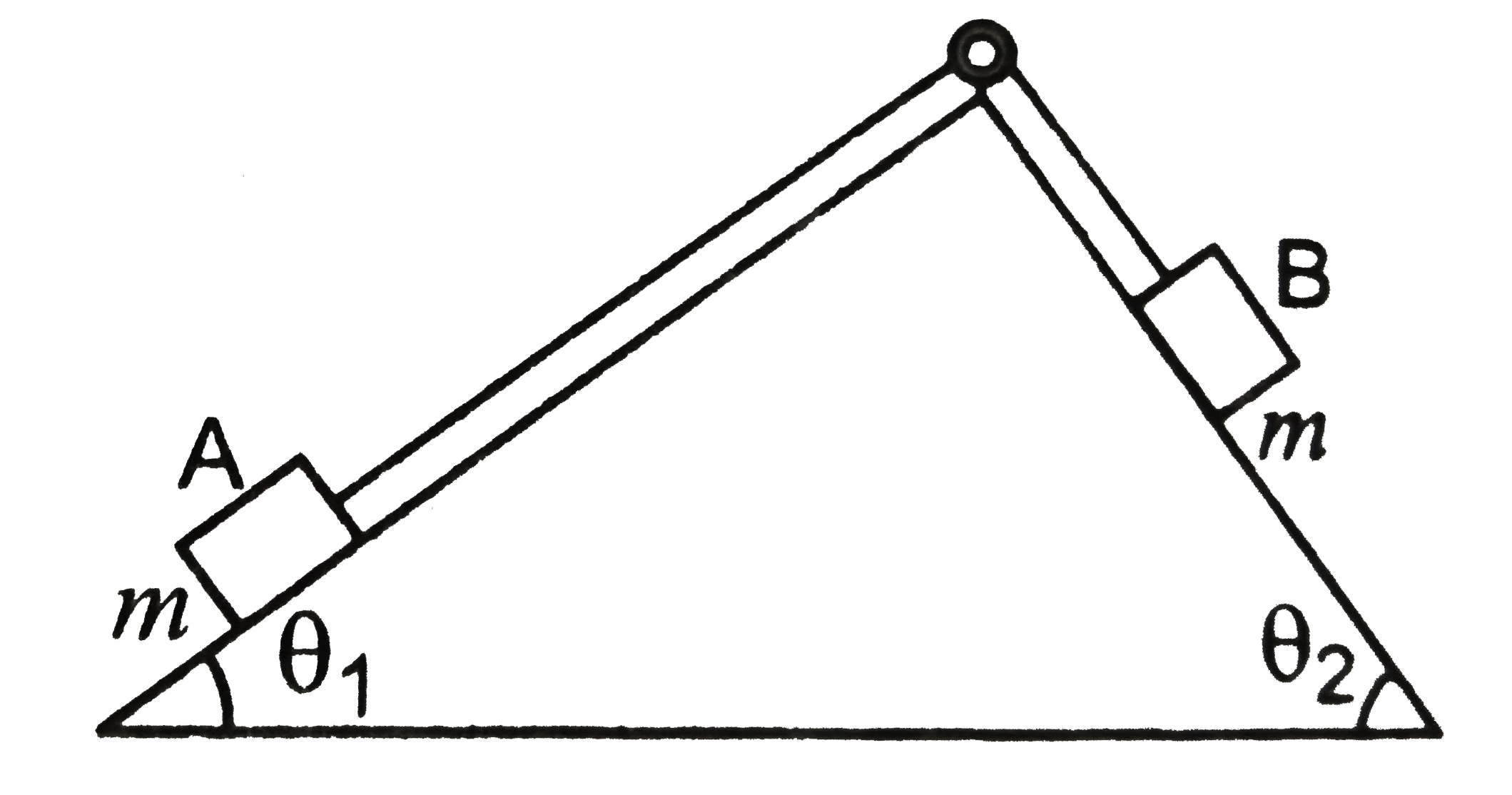 .View Solution
.View SolutionQuestion 188
A ball of mass 0.2 kg rests on a vertical post of height 5 m. A bullet of mass 0.01 kg, travelling with a velocity Vm/s in a horizontal direction, hits the centre of the ball. After the collision, the ball and bullet travel independently. The ball hits the ground at a distance of 20 m and the bullet at a distance of 100 m from the foot of the post. The velocity V of the bullet is
 View Solution
View SolutionQuestion 197
An explosion blows a rock into three parts. Two parts go off at right angles to each other . These two are 1kg first part moving with a velocity of 12ms−1and2kg second part moving with a velocity of 8ms−1. If the third part flies off with a velocity of 4ms−1. Its mass would beView SolutionQuestion 199
A block A of mass m1 rests on a horizontal table. A light string connected to it passes over a frictionless pulley at the edge of table and from its other end another block B of mass m2 is suspended. The coefficient of knetic friction between the block and table is μk . When the block A is sliding on the table, the tension in the string is.View SolutionQuestion 200
Given in figure are two blocks A and B of weight 20N and 100N, respectively. These are being pressed against a wall by a force F as shown. If the coefficient of friction between the blocks is 0.1 and between block B and the wall is 0.15, the frictional force applied by the wall on block B is:
 View Solution
View SolutionQuestion 203
A block A of mass m1 rests on a horizontal table. A light string connected to it passes over a frictionless pulley at the edge of table and from its other end another block B of mass m2 is suspended. The coefficient of knetic friction between the block and table is μk . When the block A is sliding on the table, the tension in the string is.View SolutionQuestion 204
A plank with a box on it at one end is gradully raised about the other end. As the angle of inclination with the horizntal reaches 30∘ , the box starts to slip and slide 4.0m down the plank in 4.0s . The coefficients of static and knitic friction between the box and the plank will be, respectively.
 View Solution
View SolutionQuestion 206
Block A of mass m and block B of mass 2m are placed on a fixed triangular wedge by means of a light and inextensible string and a frictionless pulley as shown in fig . The wedge is inclined at 45∘ to the horizontal on both sides . The coefficient of friction between the block Aand the wedge is 2/3 and that between the block B and the wedge is 1/3 .If the system of AandB is released from rest then find .
a. the acceleration of A
b. tension in the string
c.the magnitude and direction of the frictional force acting on A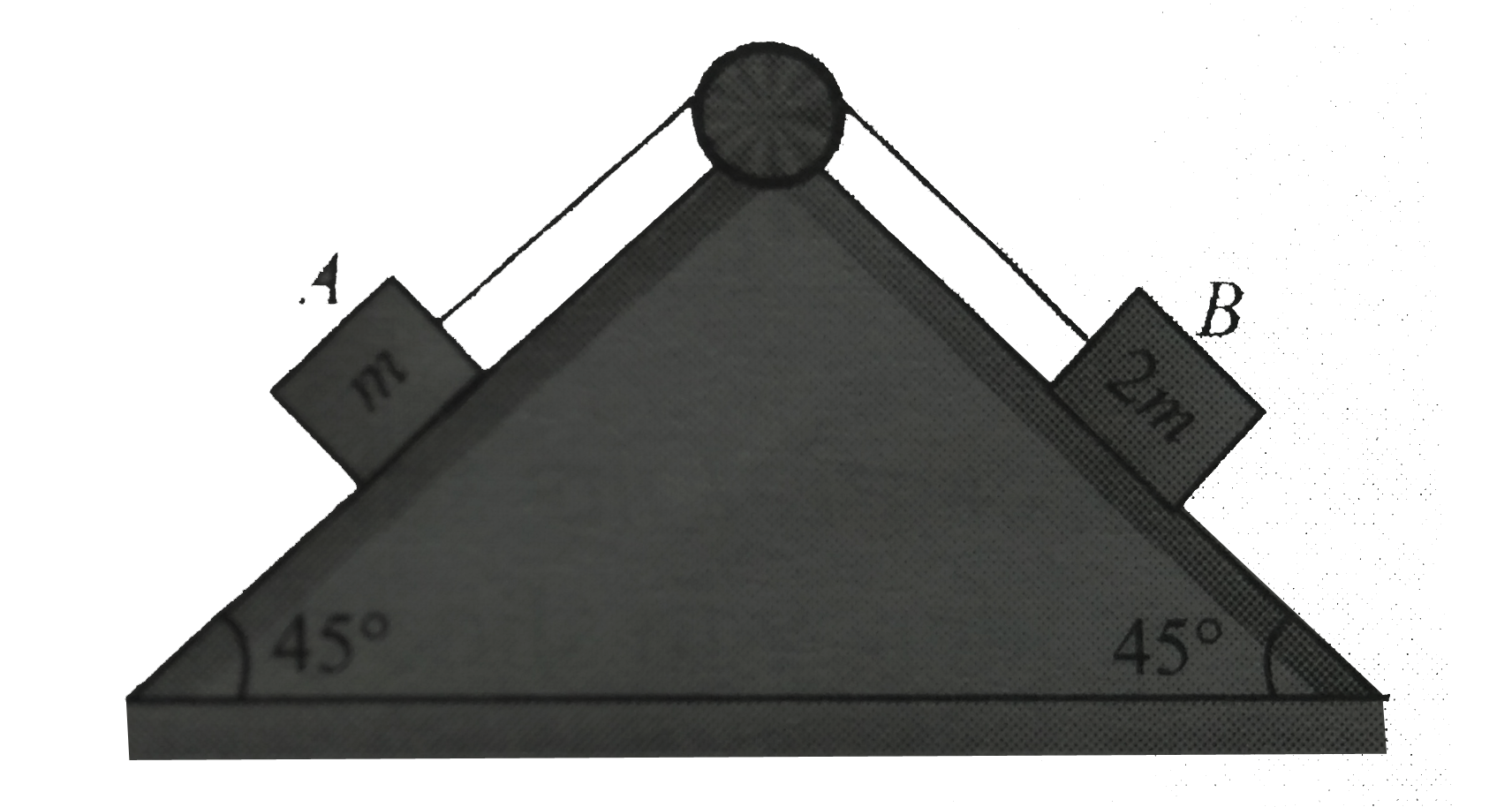 View Solution
View SolutionQuestion 208
A uniform wooden stick of mass 1.6 kg and length l rests in an inclined mannar on a smooth, vertical wall of height h(<l) such that a small portion of the stick extends beyond the wall. The reaction force of th wall on the stick is perpendicular to the stick. The stick makes an angle of 30∘ with the wall and the bottom of the stick is on a rough floor. The reaction of the wall on the stick is equal in magnitude to the reaction of the floor on the stick. The ratio h/l and the friectional force f at the bottom of the stick are (g=10ms2)View SolutionQuestion 217
The rear side of a truck is open and a box of mass 20kg is placed on the truck 4m away from the open end μ=0.15 and g=10m/s2 The truck starts from rest with an acceleration of 2m/s2 on a straight road The box will fall off the truck when it is at a distance from the starting point equal to .View SolutionQuestion 219
A block of mass m is on an inclined plane of angle θ. The coefficient of friction between the block and the plane is μ and tanθ>μ. The block is held stationary by applying a force P parallel to the plane. The direction of force pointing up the plane is taken to be positive. As P is varied from P1=mg(sinθ−μcosθ) to P2=mg(sinθ+μcosθ), the frictional force f versus P graph will look likeView SolutionQuestion 223
An insect craws up a hemispherical surface very slowly (see fig.). The coefficient of friction between the insect and the surface is 1/3. If the line joining the center of the hemispherical surface to the insect makes an angle α with the vertical, the maximum possible value of α is given by
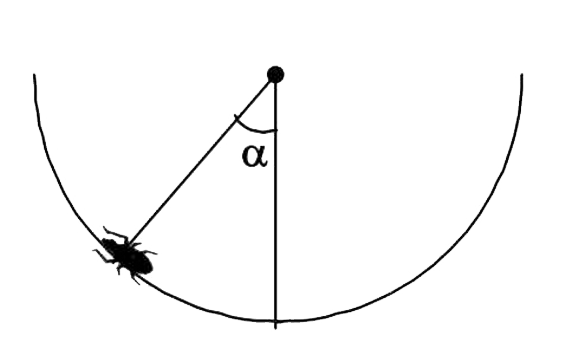 View Solution
View SolutionQuestion 224
A system consists of three masses m1 , m1 , m1 , m2 and m3 connected by a string passing over a pulley P . The mass m1 hangs freely and m2 and m3 are on a rough horizontal table (the coefficient of friction=mu) The pulley is frictionless and of negligible mass. The downward acceleration of m1 is (Assume m1=m2=m3=m).
 View Solution
View SolutionQuestion 227
A ring of mass M and radius R is rotating with angular speed ω about a fixed vertical axis passing through its centre O with two point masses each of mass M8 at rest at O. These masses can move radially outwards along two massless rods fixed on the ring as shown in the figure. At some instant the angular speed of the system is 89ω and one fo the masses is at a distance of 35R from O. At this instant the distance of the other mass from O is
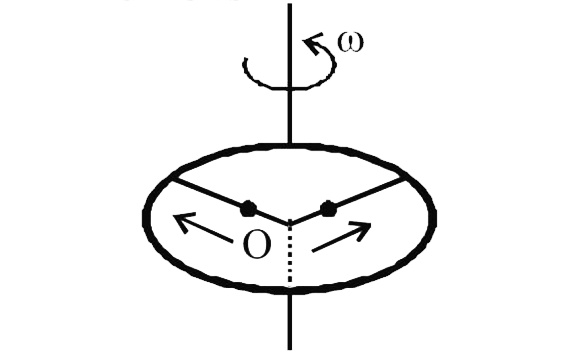 View Solution
View SolutionQuestion 229
A ball of mass (m) 0.5g is attached to the end of a string having length (L) 0.5m. The ball is rotated on a horizontal circular path about vertical axis. The maximum tension that the string can bear is 324N. The maximum possible value of anguar velocity of ball(in radian/s) is
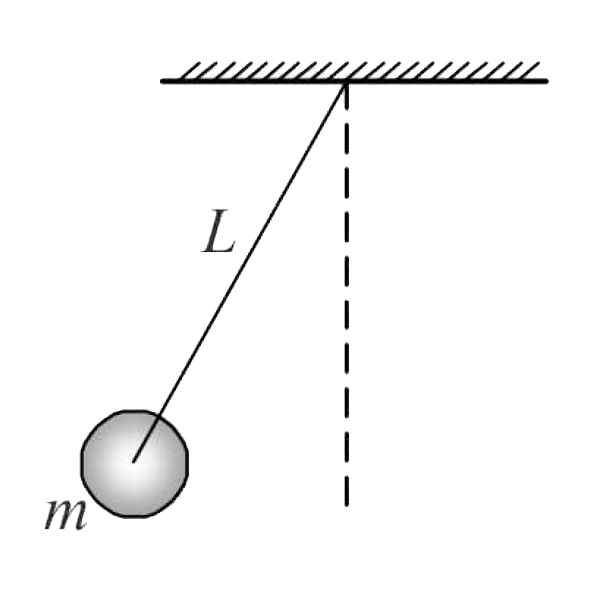 View Solution
View SolutionQuestion 232
A wire, which passes through the hole in a small bead, is bent in the form of quarter of a circle. The wire is fixed vertically on ground as shown in the figure. The bead is released from near the top of the wire and it slides along the wire without friction. As the bead moves from A to B, the force it applies on the wire is
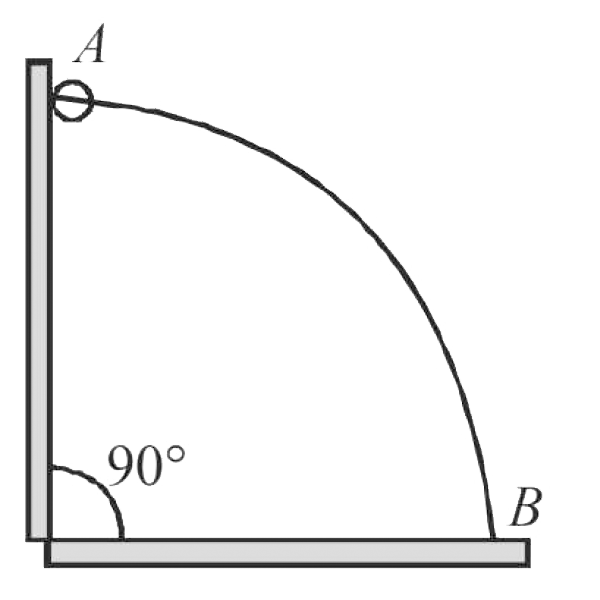 View Solution
View SolutionQuestion 249
In the figure, a ladder of mass m is shown leaning against a wall. It is in static equilibrium making an angle θ with the horizontal floor. The coefficient of friction between the wall and the ladder is μ1 and that between the floor and the ladder is μ2. the normal reaction of the wall on the ladder is N1 and that of the floor is N2. if the ladder is about to slip. than
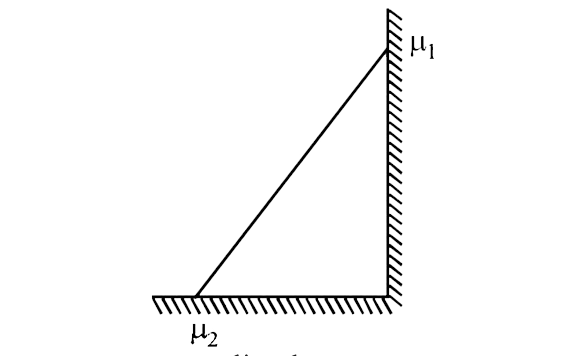 View Solution
View SolutionQuestion 252
In the figure, a ladder of mass m is shown leaning against a wall. It is in static equilibrium making an angle θ with the horizontal floor. The coefficient of friction between the wall and the ladder is μ1 and that between the floor and the ladder is μ2. the normal reaction of the wall on the ladder is N1 and that of the floor is N2. if the ladder is about to slip. than
 View Solution
View SolutionQuestion 253
According to Newton s second law of motion F=ma where F is the force required to produce an acceleration a in a body of mass m If a = 0 then F=0 no external force is required to move a body uniformly along a straight line If a force F acts on a body for t seconds the effect of the force is given by Impulse =F × t = change in linear momentum of the body
A cricket ball of mass 150g is moving with a velocity of 12m/s and is hit by a bat so that the ball is turned back with a velocity of 20m/s if duration of contact between the ball and the bat is 0.01sec The impulse of the force is .View SolutionQuestion 254
According to Newton s second law of motion F=ma where F is the force required to produce an acceleration a in a body of mass m If a = 0 then F=0 no external force is required to move a body uniformly along a straight line If a force F acts on a body for t seconds the effect of the force is given by Impulse =F × t =change in linear momentum of the body
Average force exerted by the bat is .View SolutionQuestion 255
According to Newton s second law of motion F=ma where F is the force required to produce an acceleration a in a body of mass m If a = 0 then F=0 no external force is required to move a body uniformly along a straight line If a force F acts on a body for t seconds the effect of the force is given by Impulse =F × t = change in linear momentum of the body
The retardation of the ball is .View SolutionQuestion 257
Friction between any two surfaces in contact is the force that opposes the relative motion between them The force of limiting friction (F) between any two surfaces in contact is directly proportional to the normal reaction (R) between them F∝R or F=μR where μ is coefficient of limiting friction If θ is angle of friction then μ=tanθ
A force of 49N is just able to move a block of wood weighing 10kg on a rough horizontal surface The coefficient of friction is .View SolutionQuestion 258
Friction between any two surfaces in contact is the force that opposes the relative motion between them The force of limiting friction (F) between any two surfaces in contact is directly proportional to the normal reaction (R) between them F∝R or F=μR where μ is coefficient of limiting friction If θ is angle of friction then μ=tanθ
The angle of friction in the above question is .View SolutionQuestion 259
Friction between any two surfaces in contact is the force that opposes the relative motion between them The force of limiting friction (F) between any two surfaces in contact is directly proportional to the normal reaction (R) between them F∝R or F=μR where μ is coefficient of limiting friction If θ is angle of friction then μ=tanθ
A horizontal force of 1.2kg is applied on a 1.5kg block which rests on a horizontal surface If the coefficient of friction is 0.3 force of friction is .View SolutionQuestion 260
Friction between any two surfaces in contact is the force that opposes the relative motion between them The force of limiting friction (F) between any two surfaces in contact is directly proportional to the normal reaction (R) between them F∝R or F=μR where μ is coefficient of limiting friction If θ is angle of friction then μ=tanθ
The acceleration produce in the block in the above question is .View SolutionQuestion 266
Two masses A and B of mass 15kg and 6kg are connected by a string passing over a friction pulley fixed at the corner of a table as shown in The coefficient of friction between A and table is 0.3 the minimum mass (in kg) of that must be placed on A to prevent it from moving is
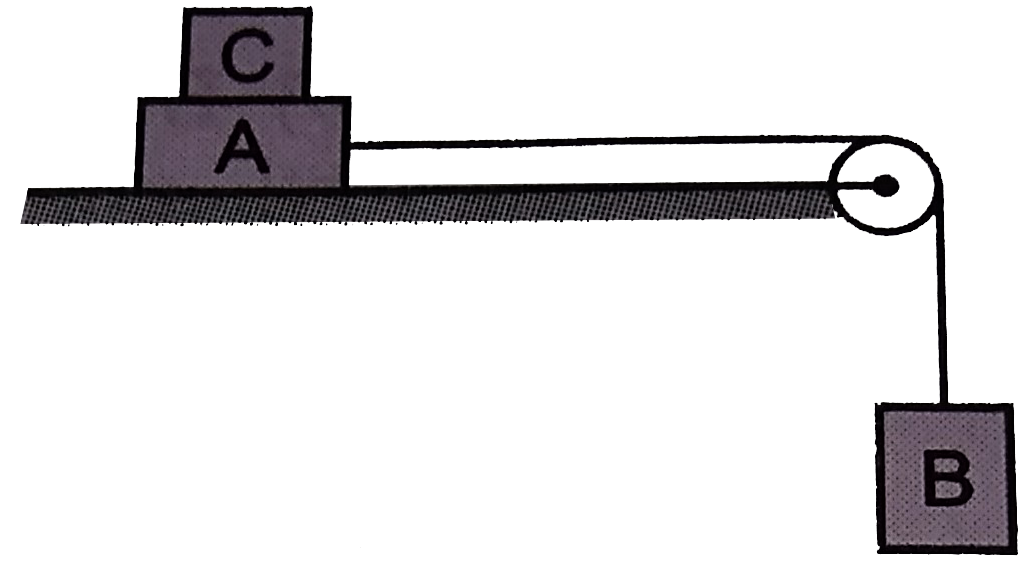 .View Solution
.View SolutionQuestion 270
Assertion : The work done in bringing a body down from the top to the base along a frictionless inclined plane is the same as the work done in bringing it down along the vertical side .
Reason : The gravitational force on the body along the inclined plane is the same as that along the vertical side.View Solution
All Exercises from PRADEEP PHYSICS (HINGLISH) Class 11 PHYSICS LAWS OF MOTION
- ASSERTION- REASON TYPE QUESTIONS
- FILL IN THE BLANKS
- INTEGER TYPE QUESTIONS
- JEE (MAIN AND ADVANCED)/ MEDICAL ENTRANCE SPECIAL
- MULTIPLE CHOICE QUESTIONS
- PROBLEMS FOR PRACTICE
- ADDITIONAL EXAMPLES / EXERCISES
- ADVANCED PROBLEMS FOR COMPETITIONS
- CONCEPTUAL PROBLMES
- CURIOSITY QUESTION
- EXERCISES
- HIGHER ORDER THINKING SKILLS
- LONG ANSWER QUESTIONS
- SAMPLE PROBLEMS
- SHORT ANSWER QUESTIONS
- SHORT ANSWER QUESTIONS
- SOLVED EXAMPLES
- VALUE BASED QUESTIONS WITH ANSWERS
- VERY SHORT ANSWER QUESTIONS

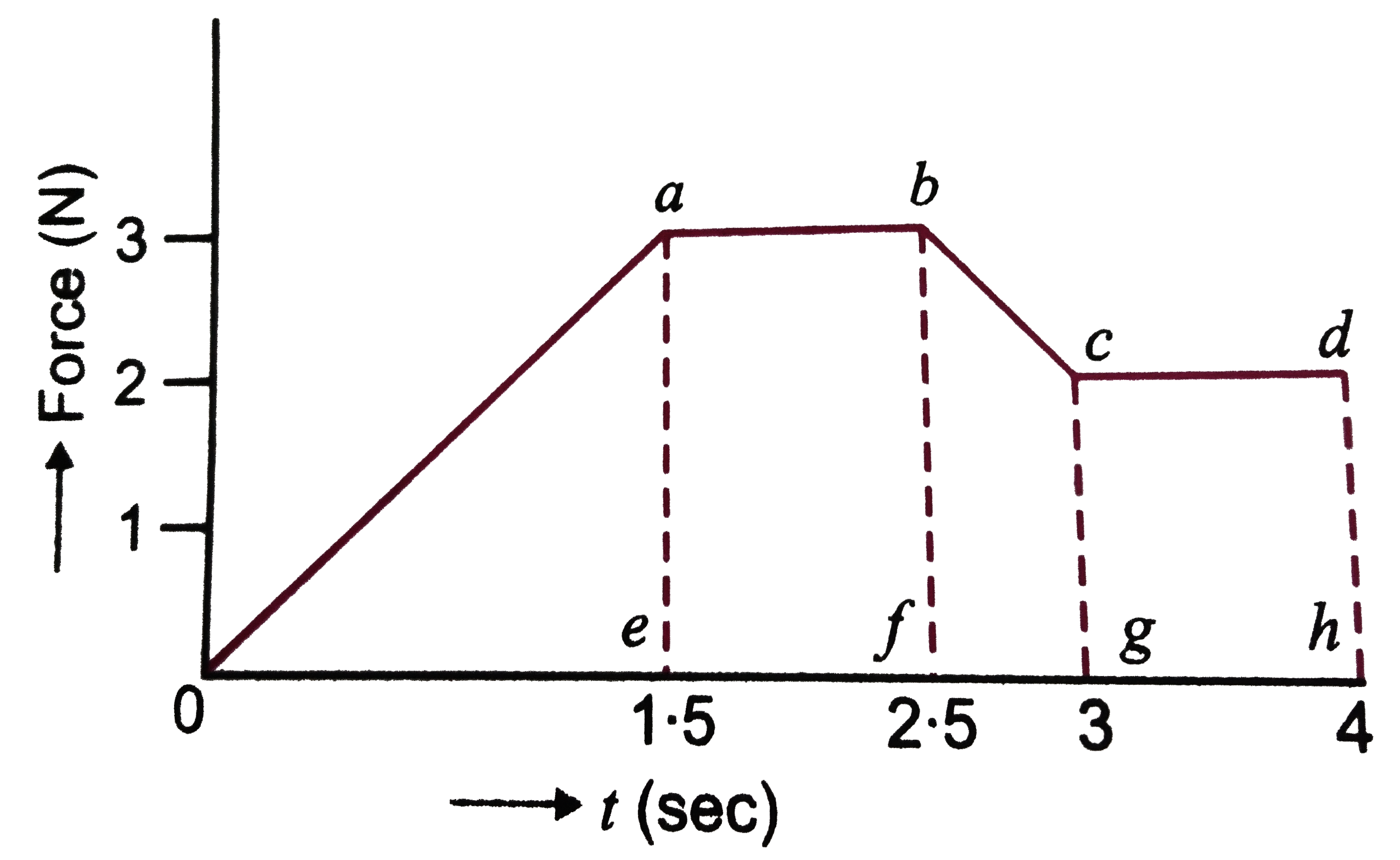 .
.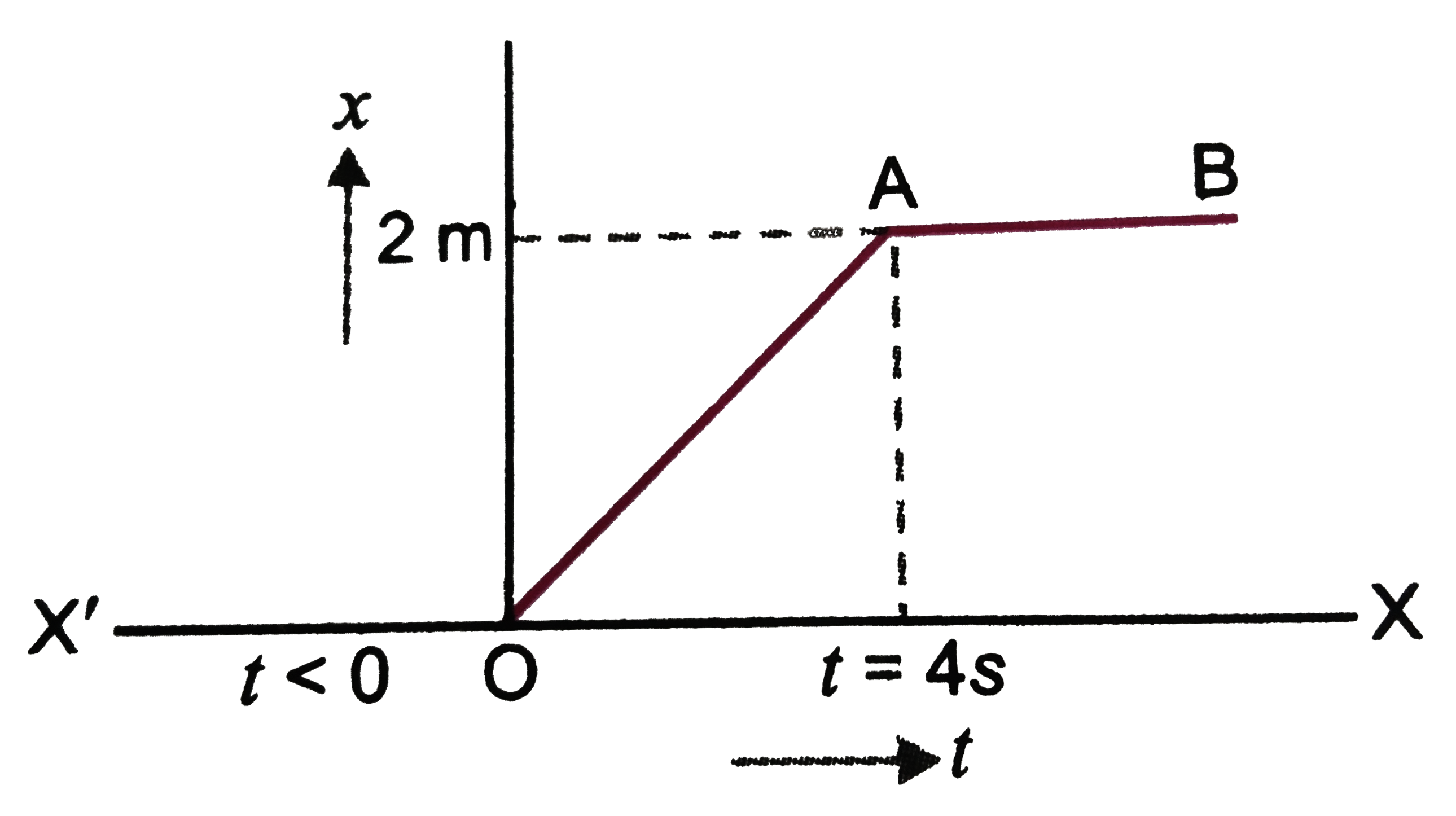 .
.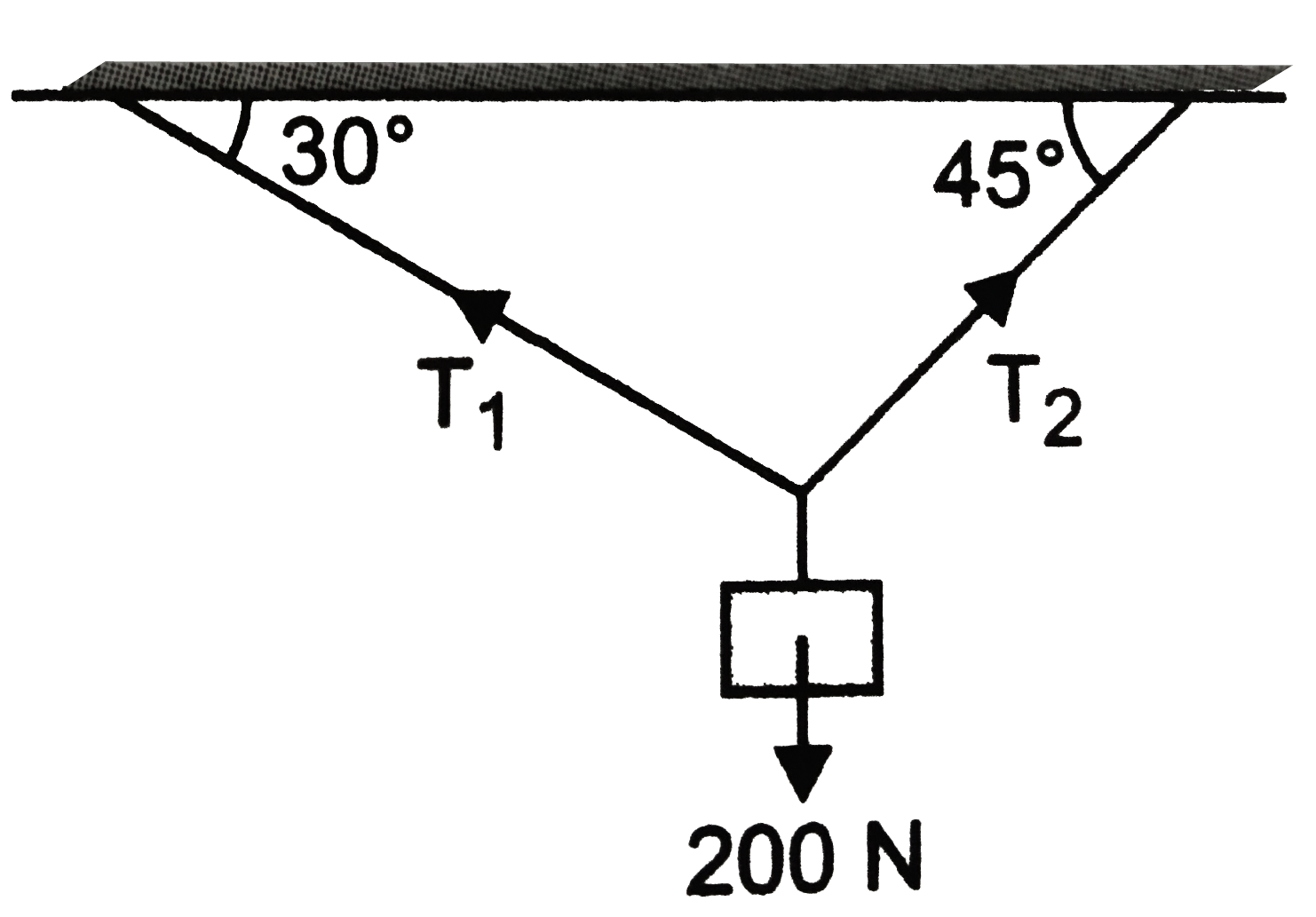 .
.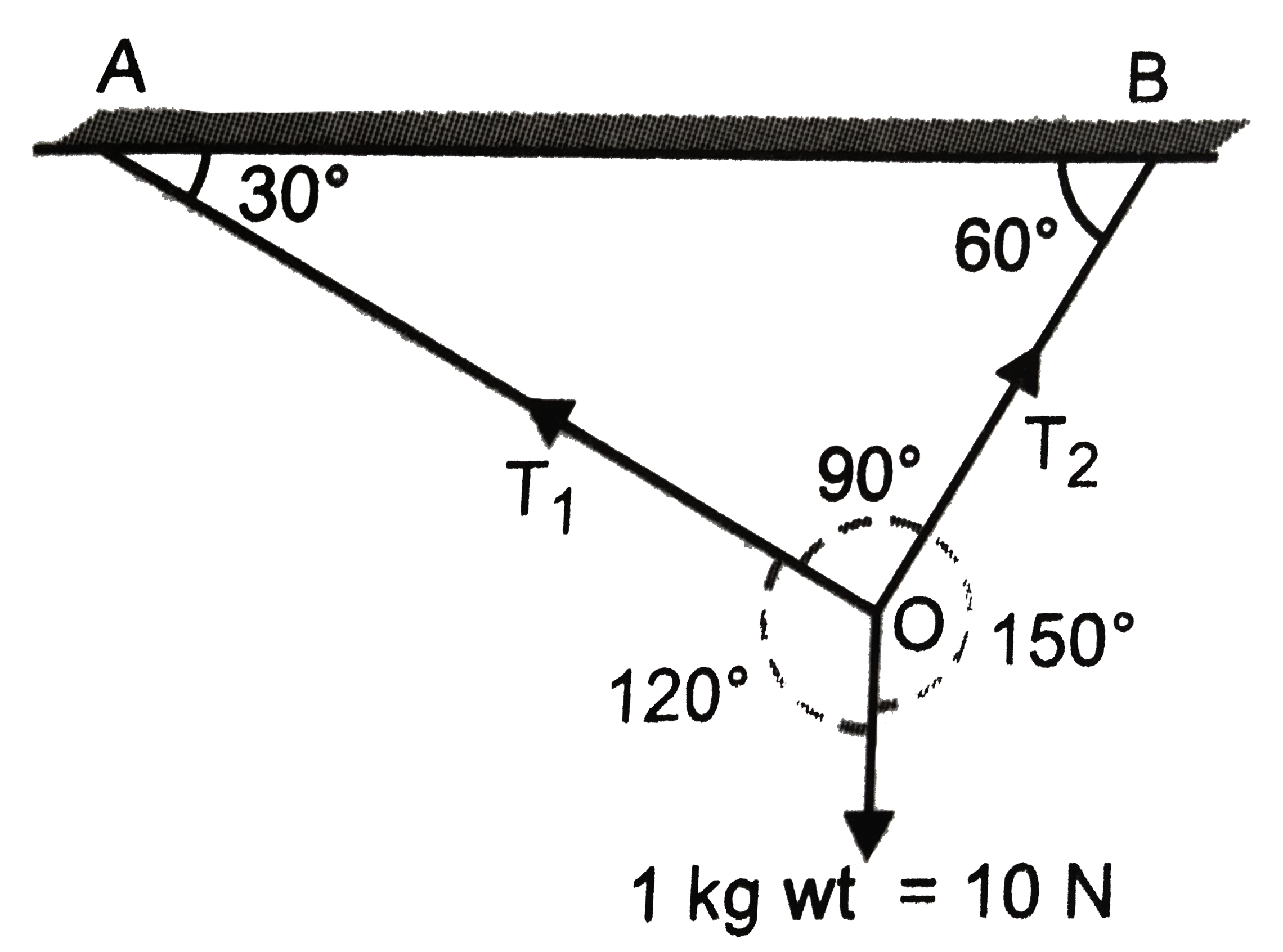 .
.
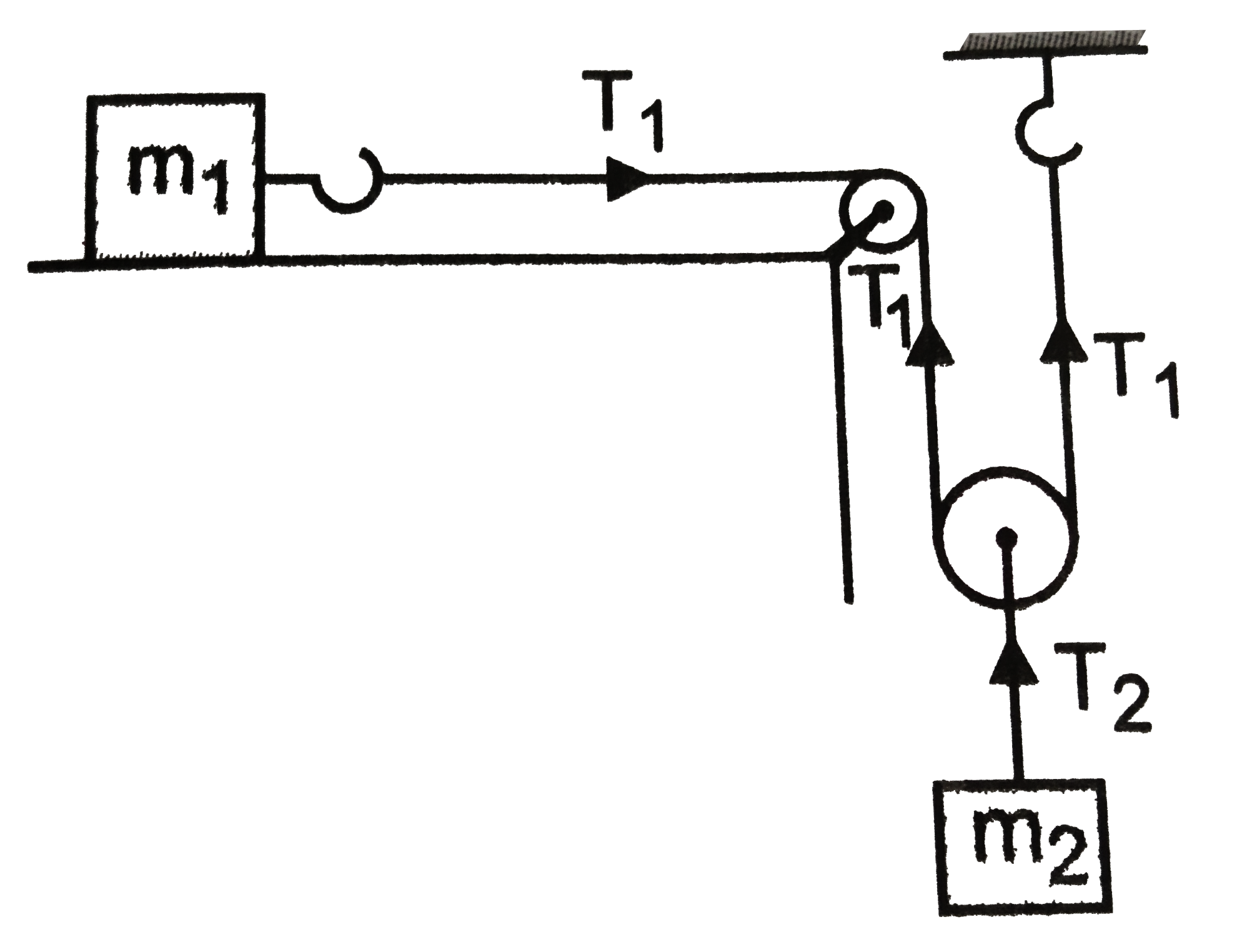 .
.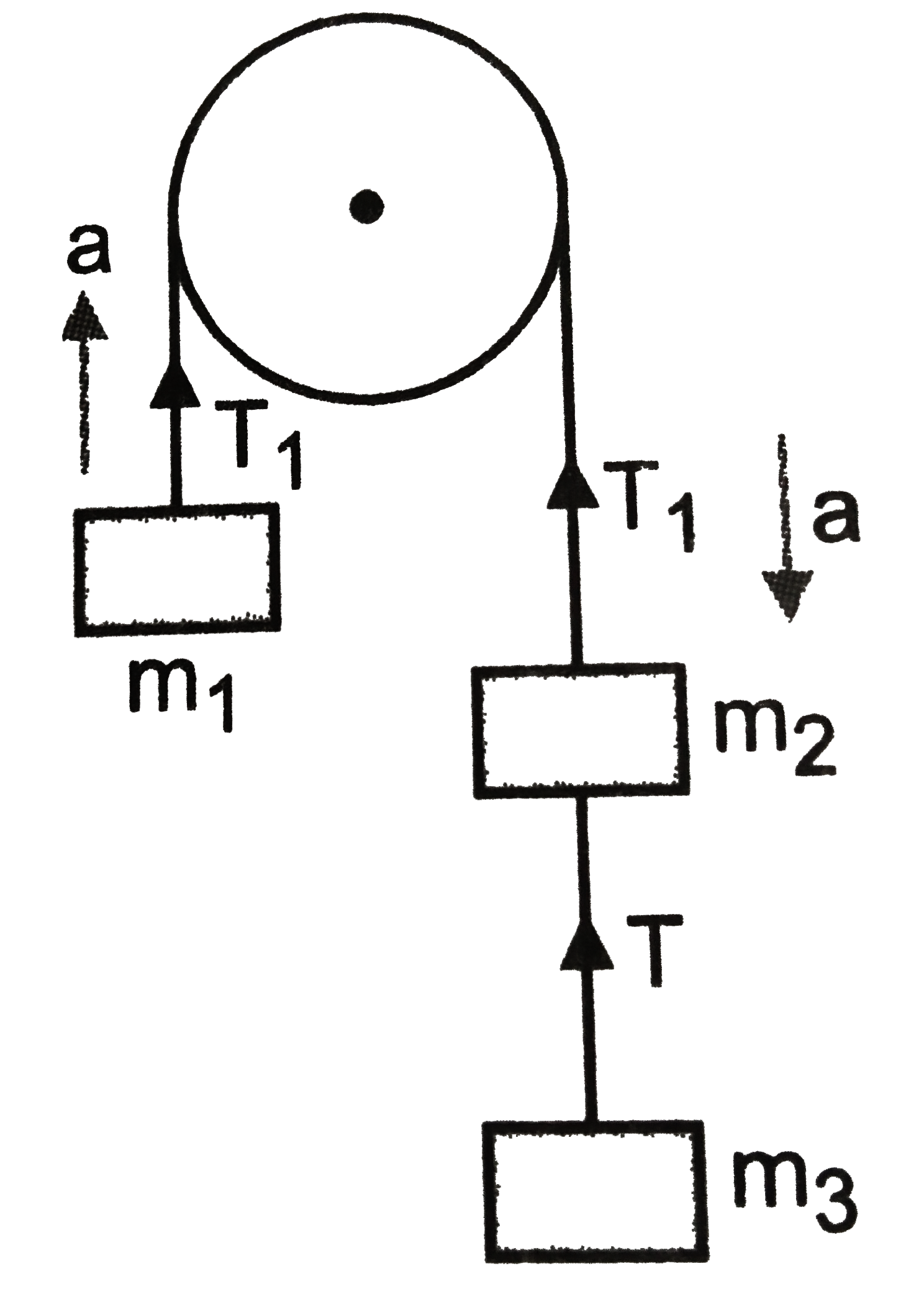
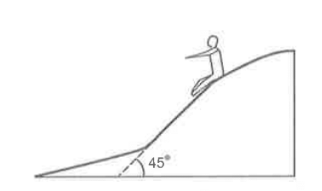
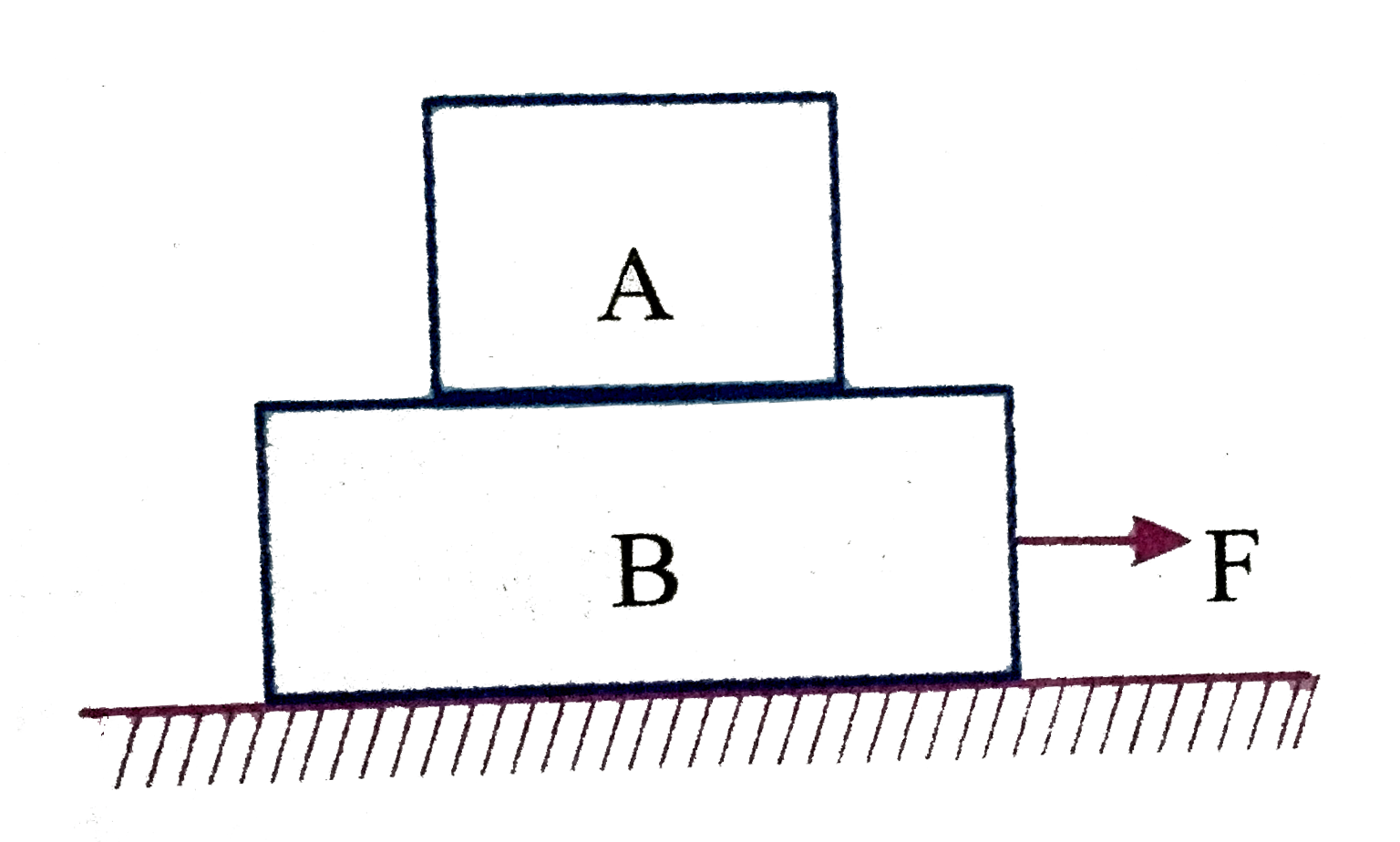 .
.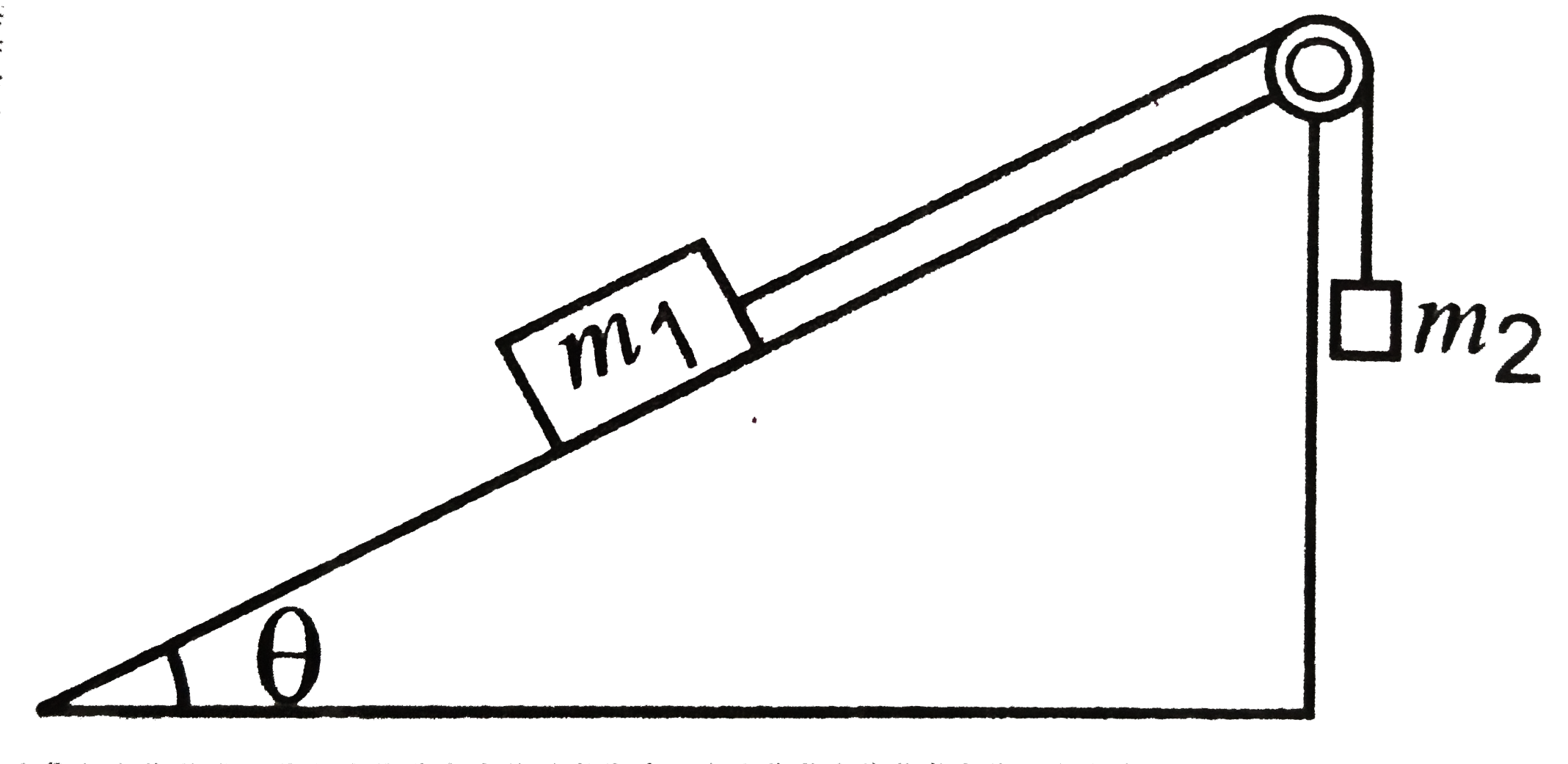 .
.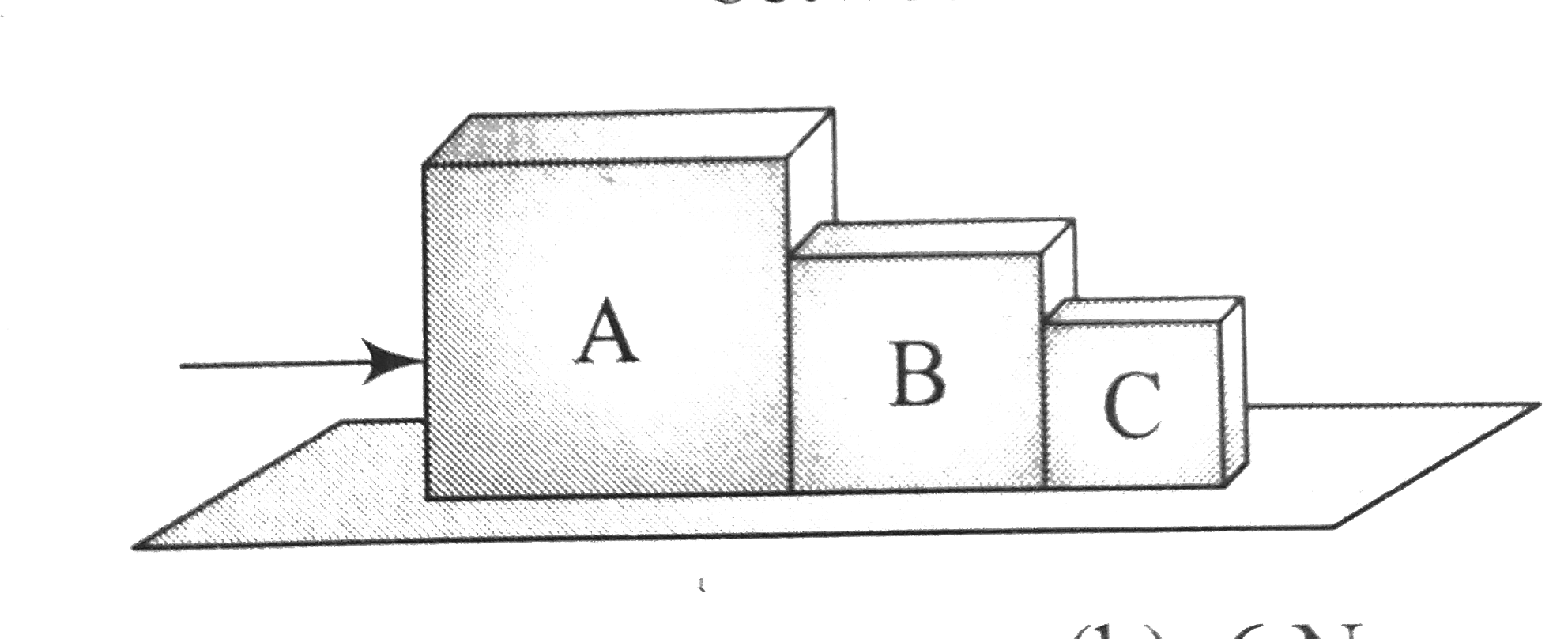
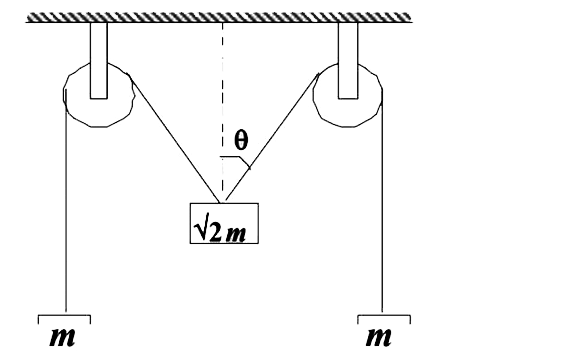

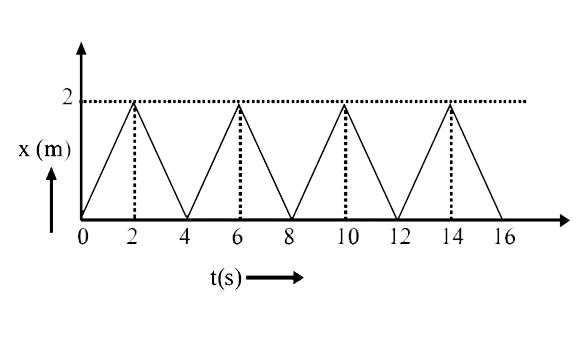

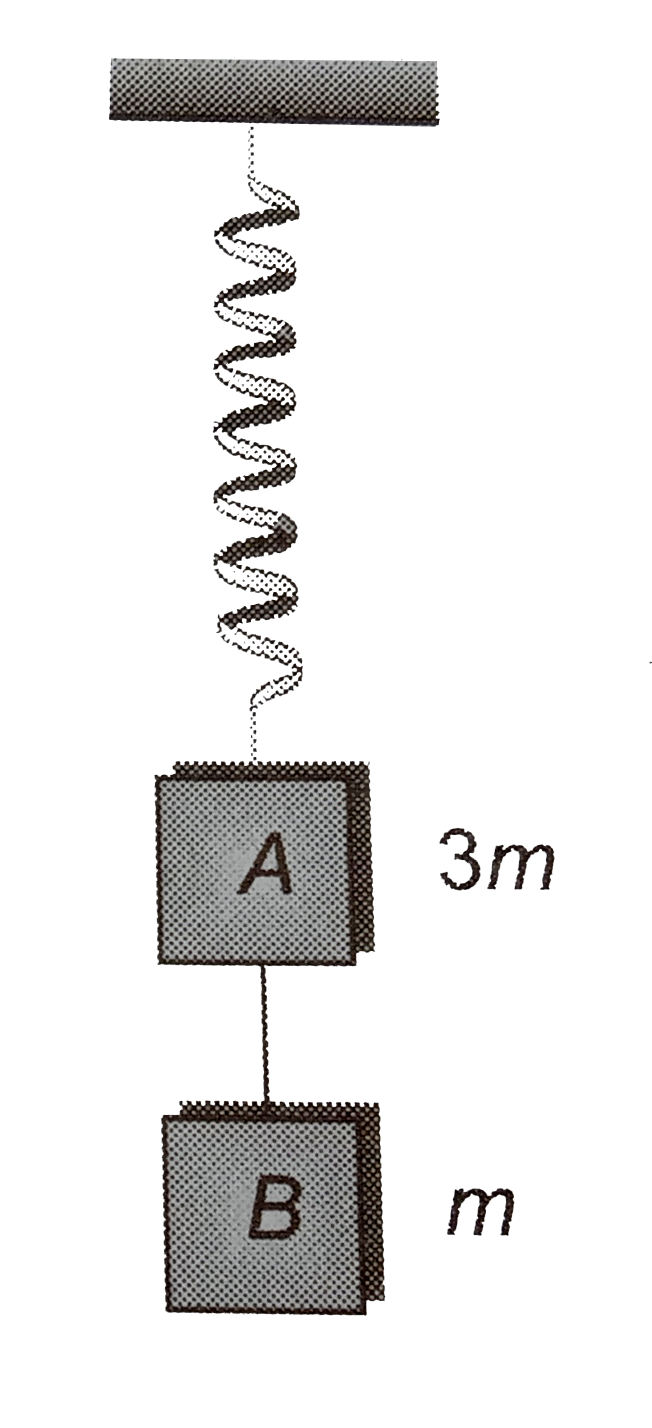
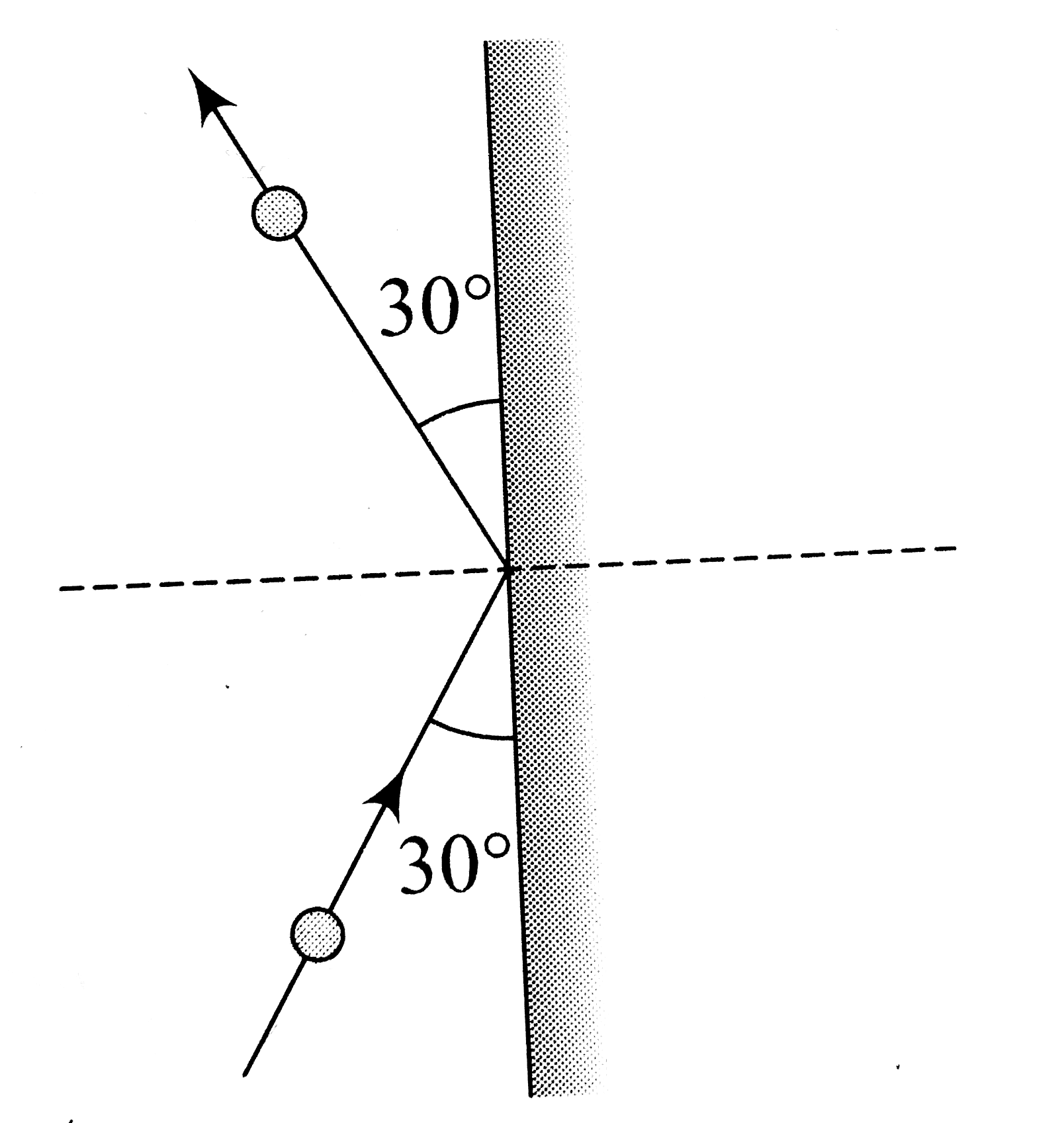
 .
.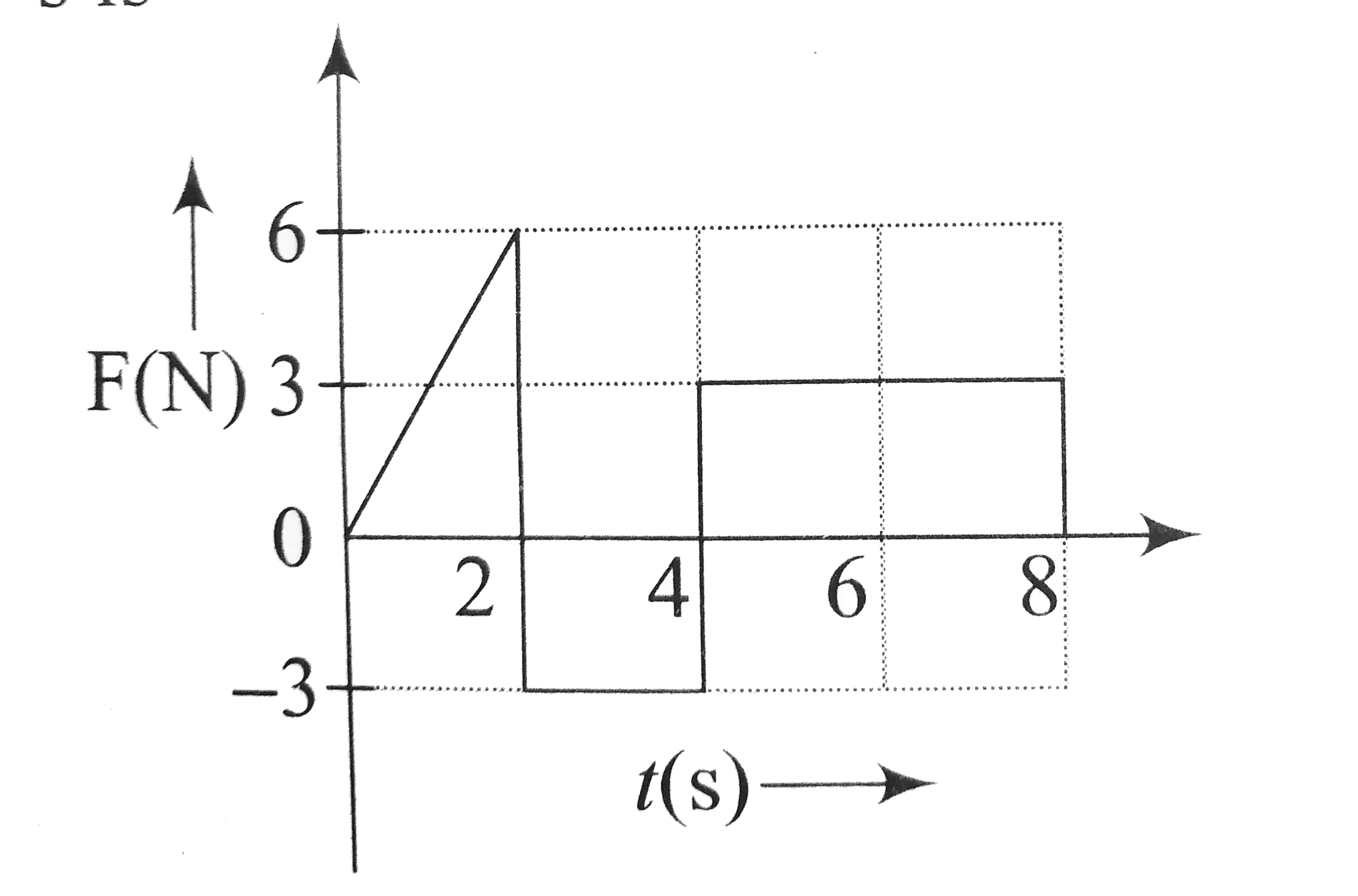
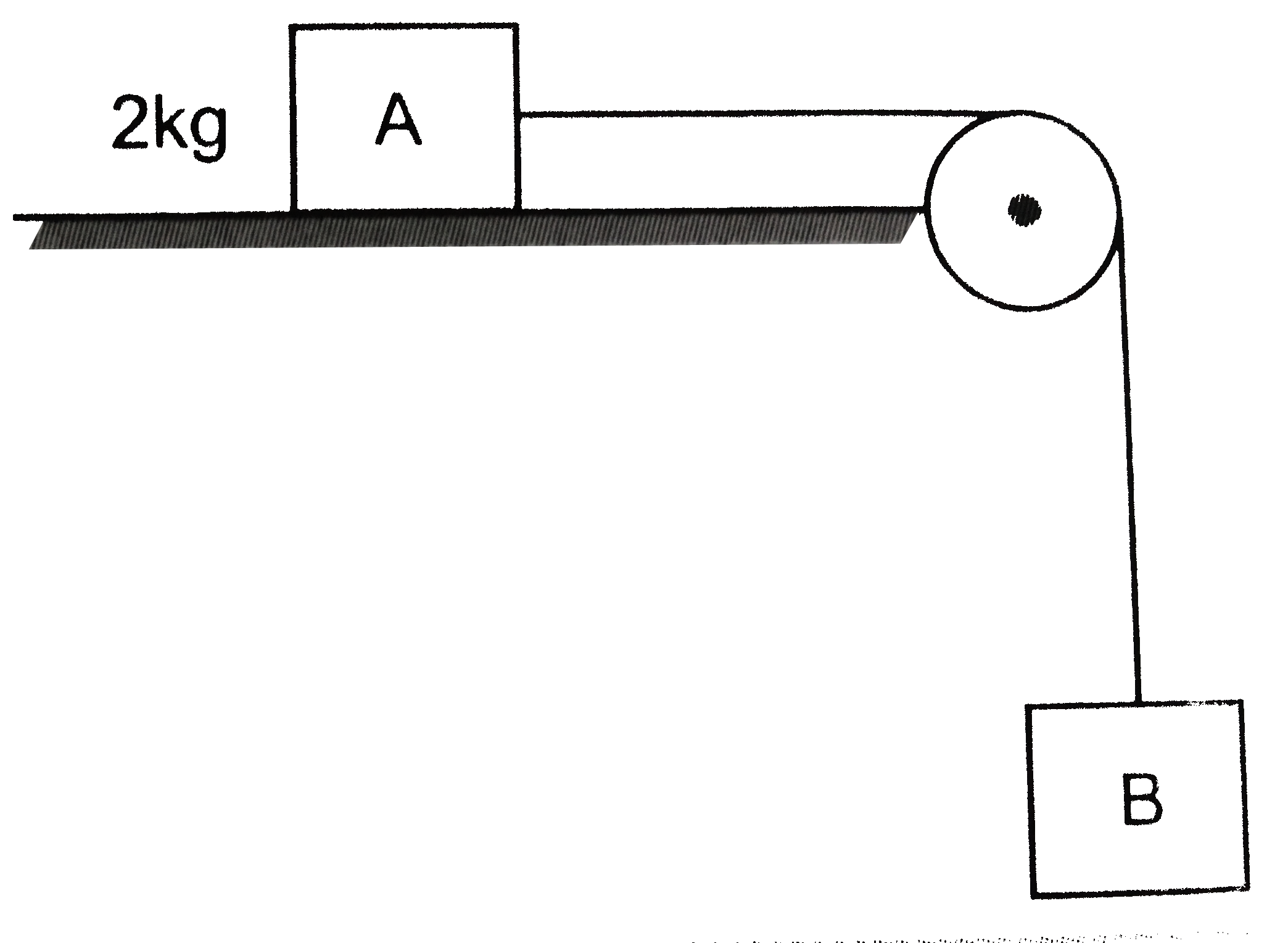 .
. .
. .
. .
.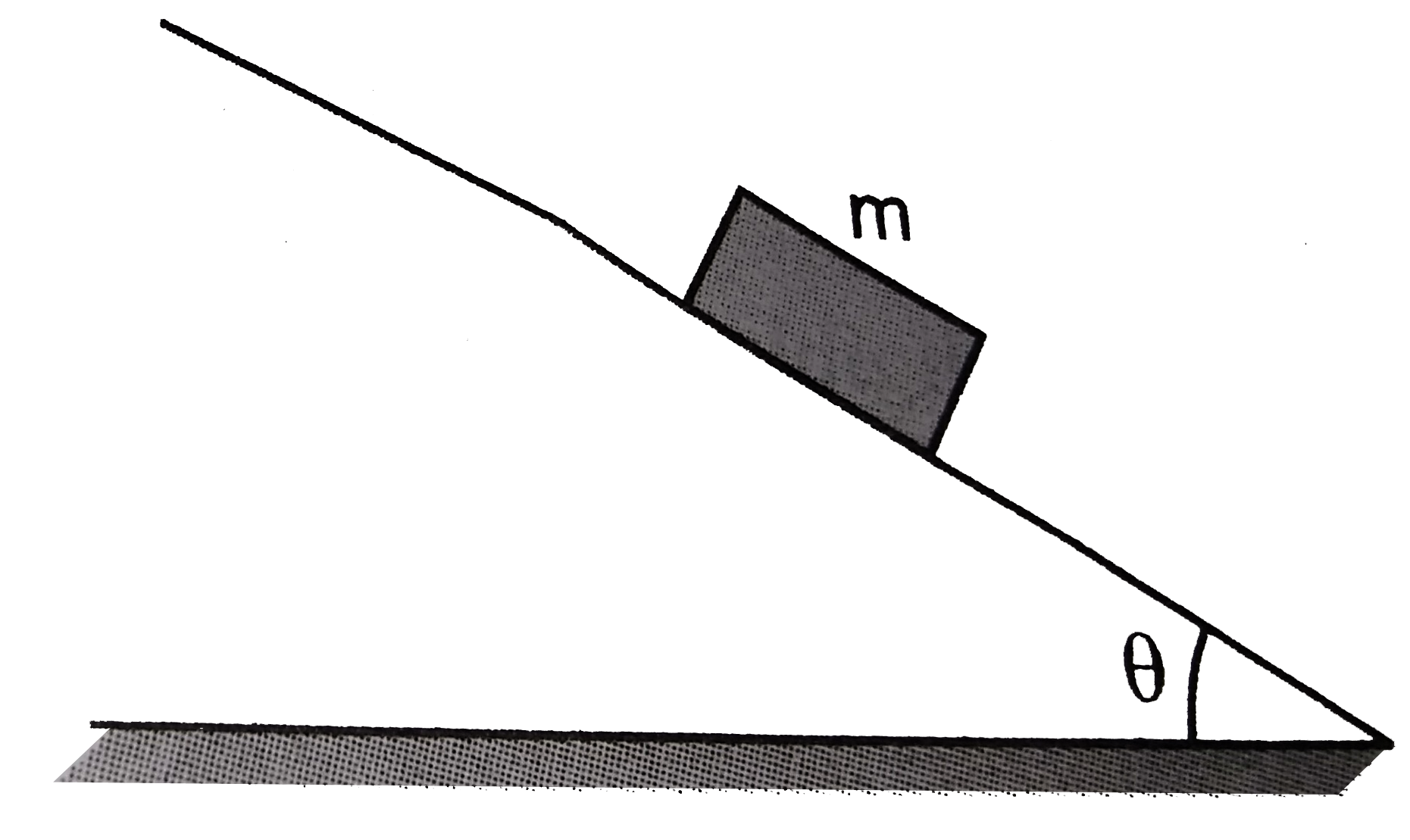 .
.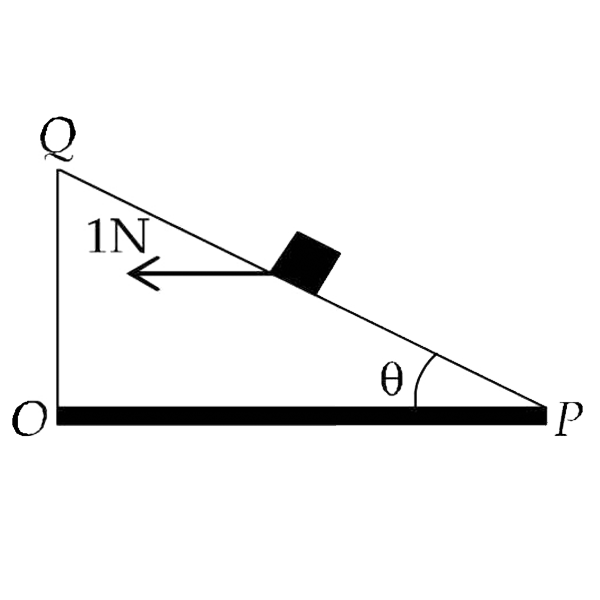
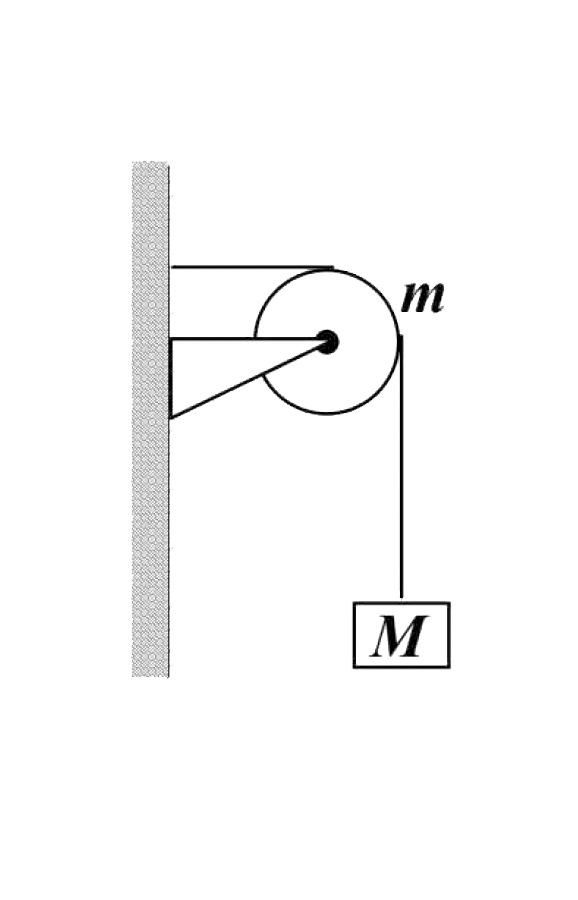
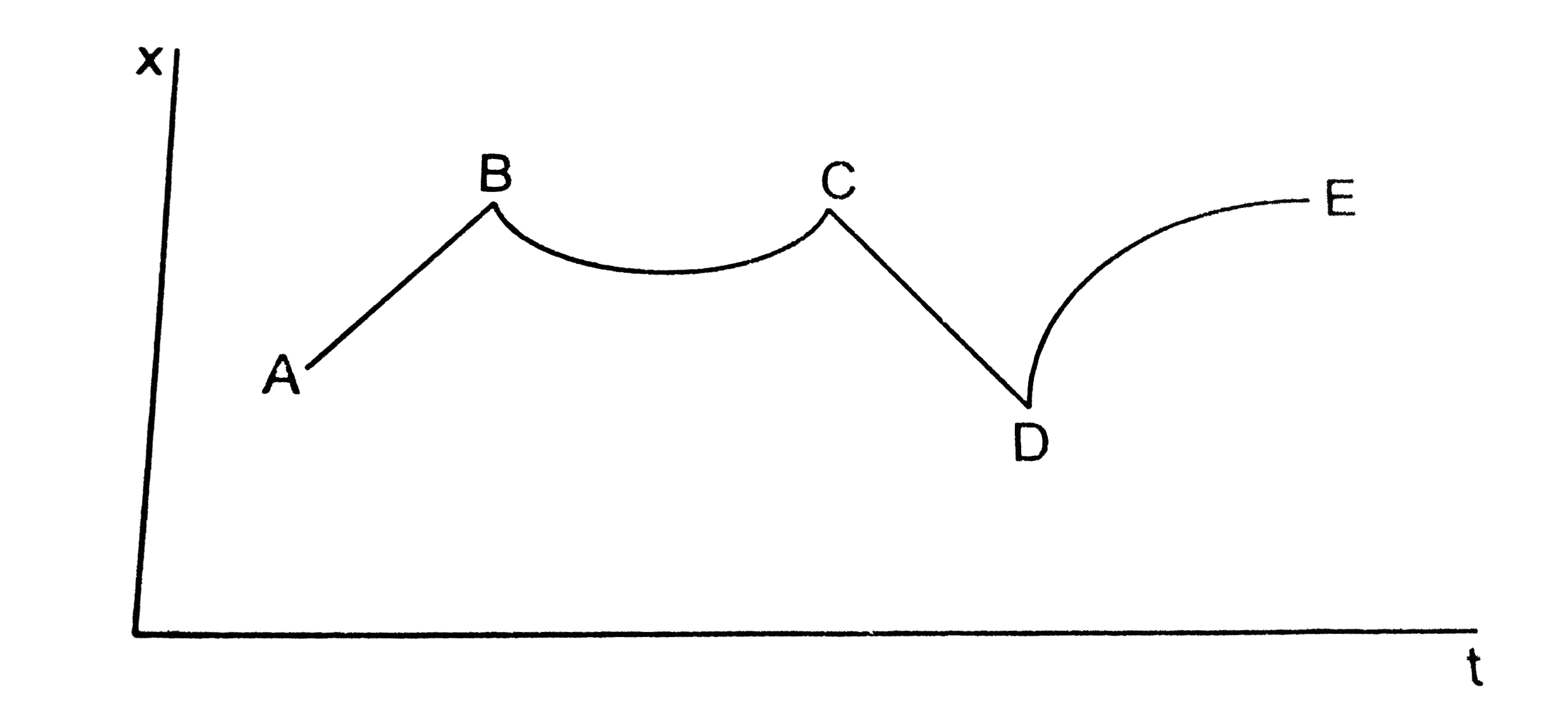
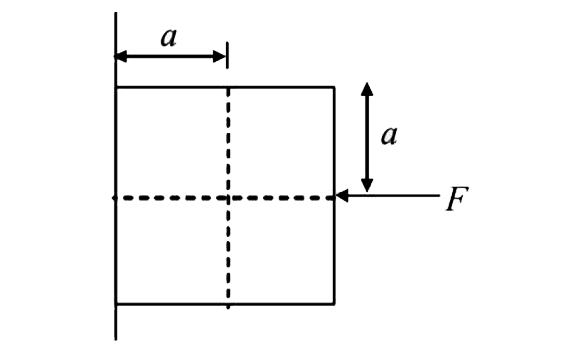
 .
. .
.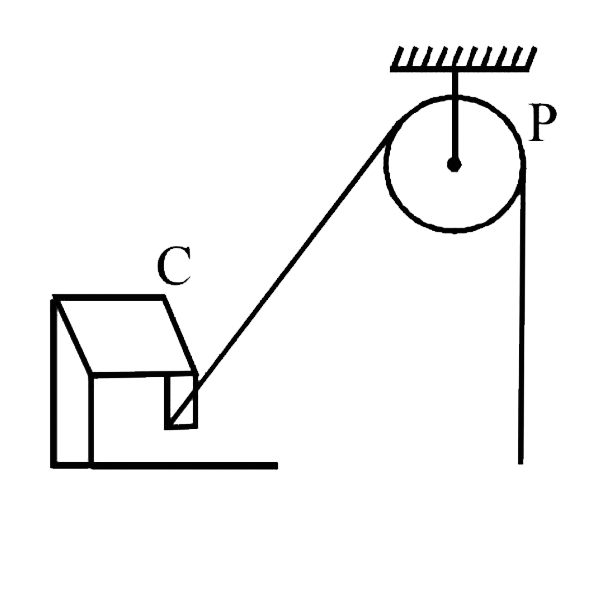
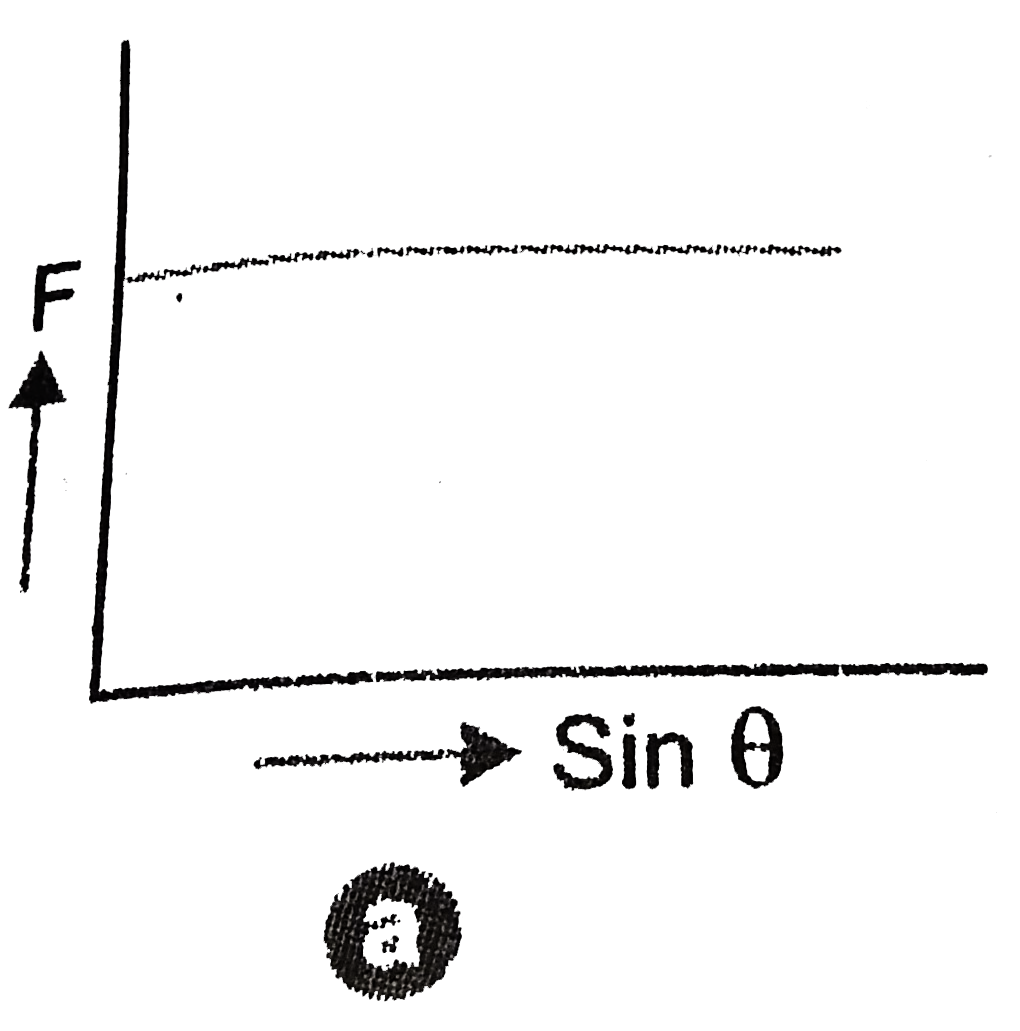
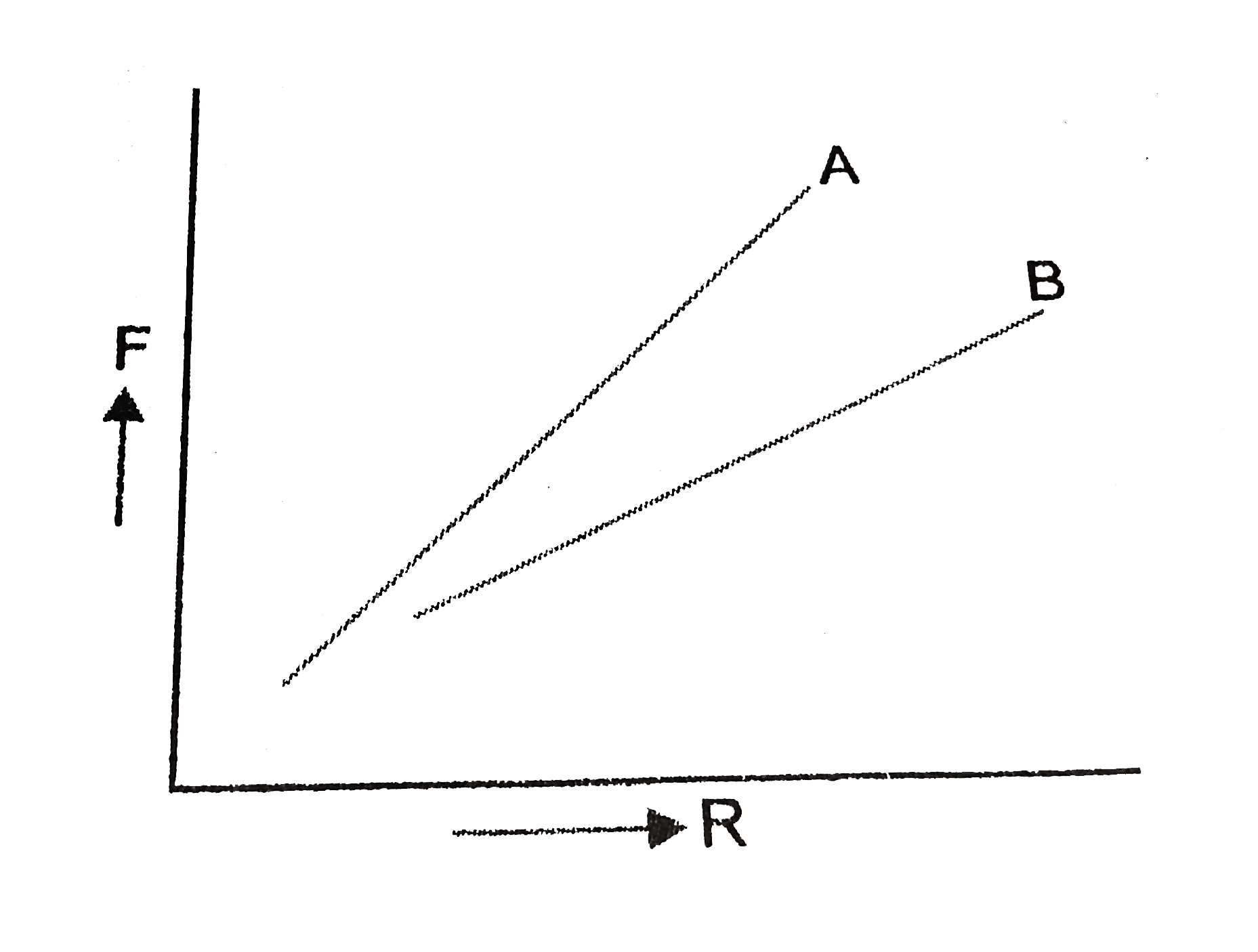 .
.